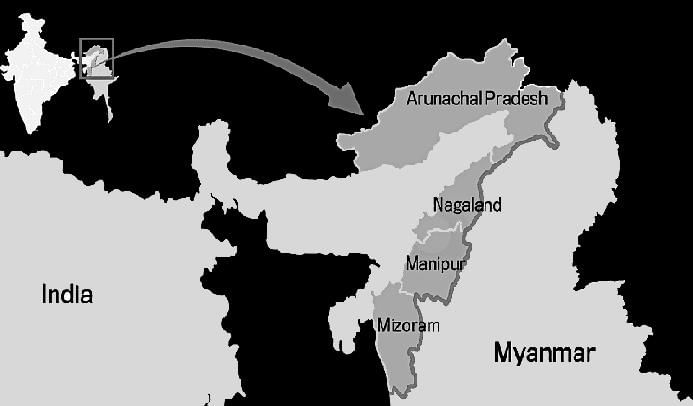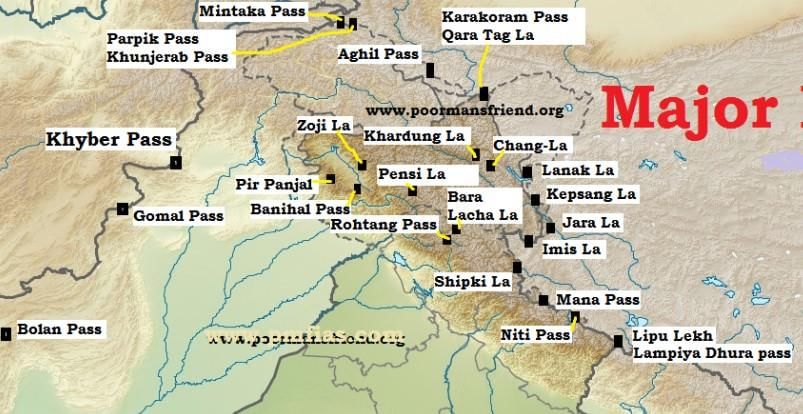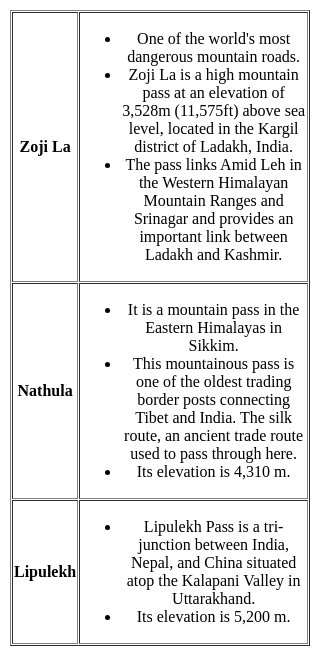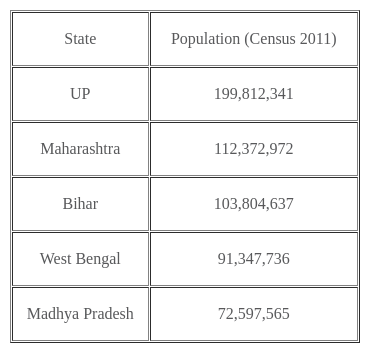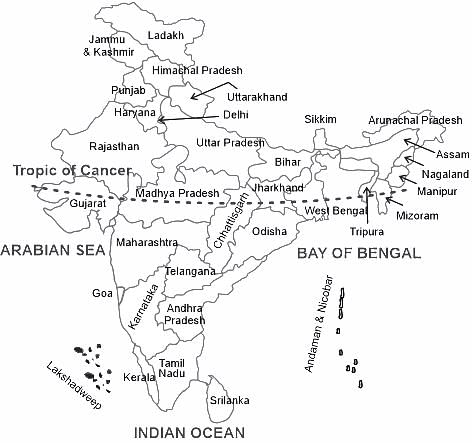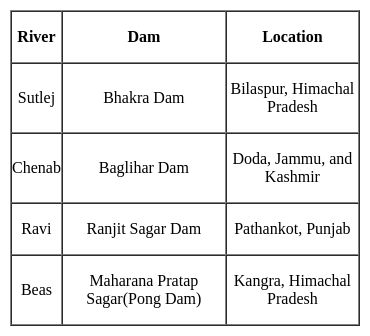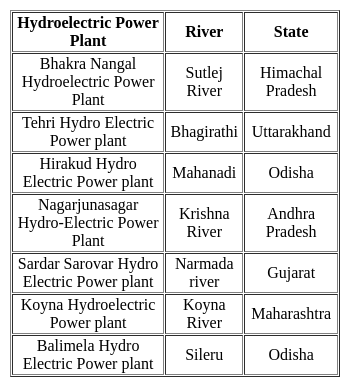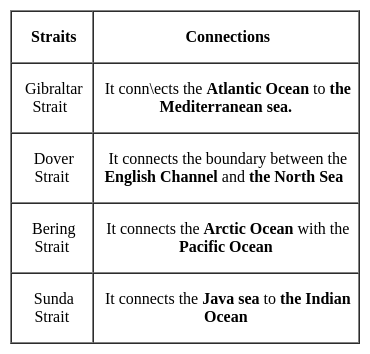Software Development Exam > Software Development Tests > Test: General Awareness (Indian Geography) - Software Development MCQ
Test: General Awareness (Indian Geography) - Software Development MCQ
Test Description
10 Questions MCQ Test - Test: General Awareness (Indian Geography)
Test: General Awareness (Indian Geography) for Software Development 2025 is part of Software Development preparation. The Test: General Awareness (Indian Geography) questions and answers have been prepared
according to the Software Development exam syllabus.The Test: General Awareness (Indian Geography) MCQs are made for Software Development 2025 Exam.
Find important definitions, questions, notes, meanings, examples, exercises, MCQs and online tests for Test: General Awareness (Indian Geography) below.
Solutions of Test: General Awareness (Indian Geography) questions in English are available as part of our course for Software Development & Test: General Awareness (Indian Geography) solutions in
Hindi for Software Development course.
Download more important topics, notes, lectures and mock test series for Software Development Exam by signing up for free. Attempt Test: General Awareness (Indian Geography) | 10 questions in 10 minutes | Mock test for Software Development preparation | Free important questions MCQ to study for Software Development Exam | Download free PDF with solutions
Test: General Awareness (Indian Geography) - Question 1
Which of the following crops is an example of Kharif Crops ?
Detailed Solution for Test: General Awareness (Indian Geography) - Question 1
Test: General Awareness (Indian Geography) - Question 2
Which state does not share its boundary with Myanmar ?
Detailed Solution for Test: General Awareness (Indian Geography) - Question 2
Test: General Awareness (Indian Geography) - Question 3
River Sutlej enters India through which pass?
Detailed Solution for Test: General Awareness (Indian Geography) - Question 3
Test: General Awareness (Indian Geography) - Question 4
As per the 2011 Census, which of the following is the least populated state in India?
Detailed Solution for Test: General Awareness (Indian Geography) - Question 4
Test: General Awareness (Indian Geography) - Question 5
The Tropic of Cancer passes through how many states of India?
Detailed Solution for Test: General Awareness (Indian Geography) - Question 5
Test: General Awareness (Indian Geography) - Question 6
The Bhakra Nangal dam is situated on the ______ river.
Detailed Solution for Test: General Awareness (Indian Geography) - Question 6
Test: General Awareness (Indian Geography) - Question 7
Srisailam Hydroelectric Power Plant is built on which river?
Detailed Solution for Test: General Awareness (Indian Geography) - Question 7
Test: General Awareness (Indian Geography) - Question 8
Saddle Peak' the highest peak of Andaman and Nicobar Islands is located in _________.
Detailed Solution for Test: General Awareness (Indian Geography) - Question 8
Test: General Awareness (Indian Geography) - Question 9
Which strait connects the Arctic Ocean with the Pacific Ocean?
Detailed Solution for Test: General Awareness (Indian Geography) - Question 9
Test: General Awareness (Indian Geography) - Question 10
Which among the following is the smallest wetland in India?
Detailed Solution for Test: General Awareness (Indian Geography) - Question 10
Information about Test: General Awareness (Indian Geography) Page
In this test you can find the Exam questions for Test: General Awareness (Indian Geography) solved & explained in the simplest way possible.
Besides giving Questions and answers for Test: General Awareness (Indian Geography), EduRev gives you an ample number of Online tests for practice
Download as PDF


